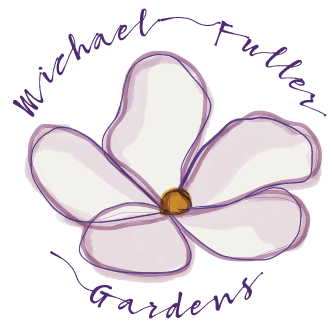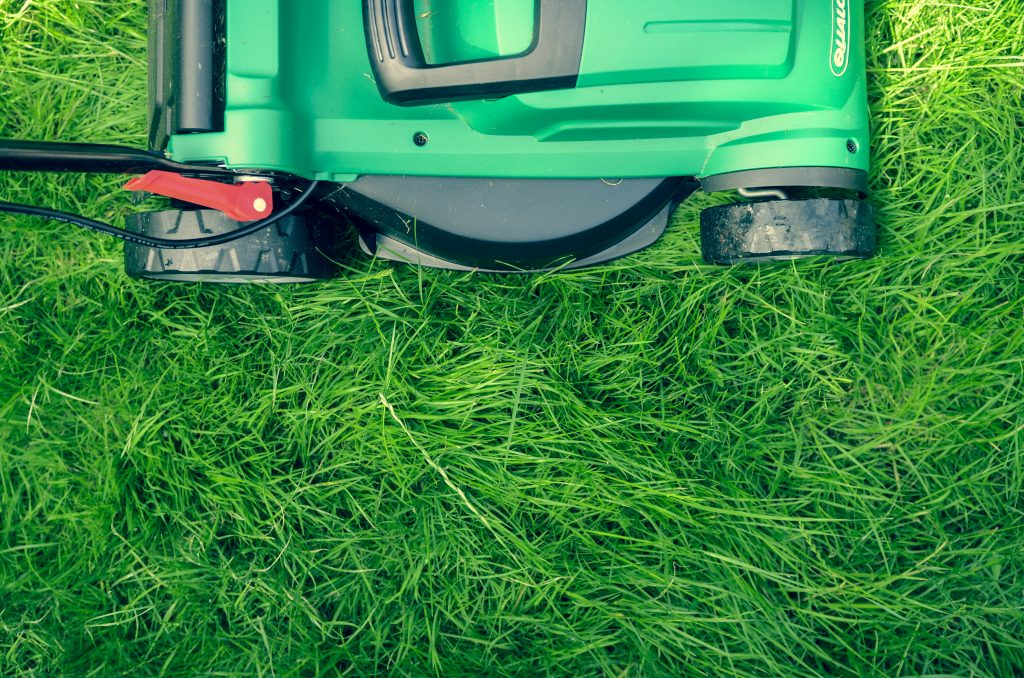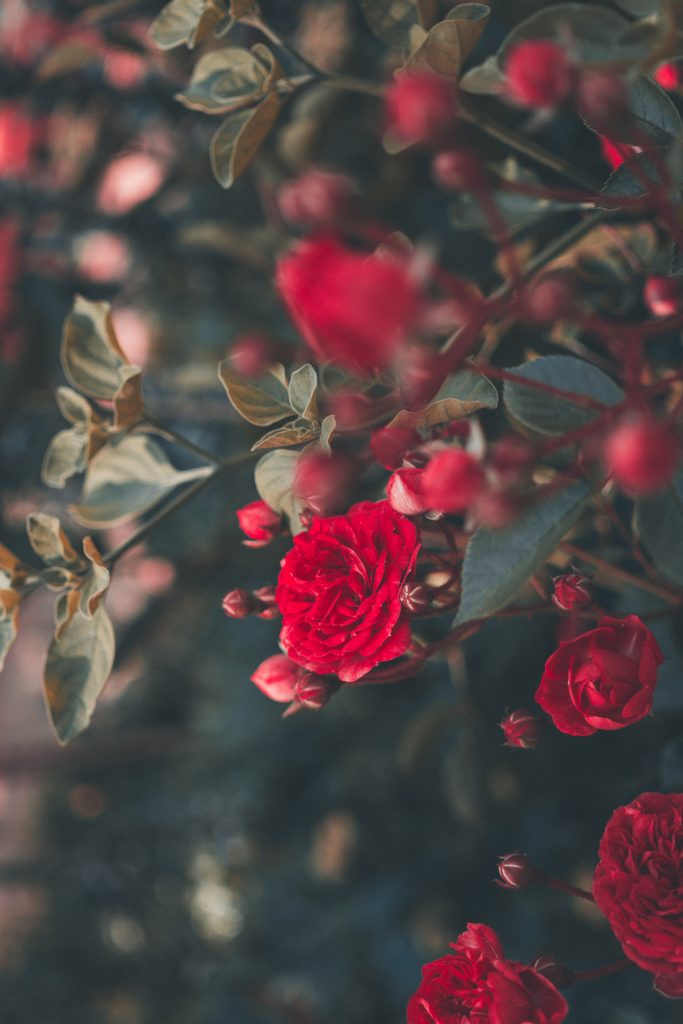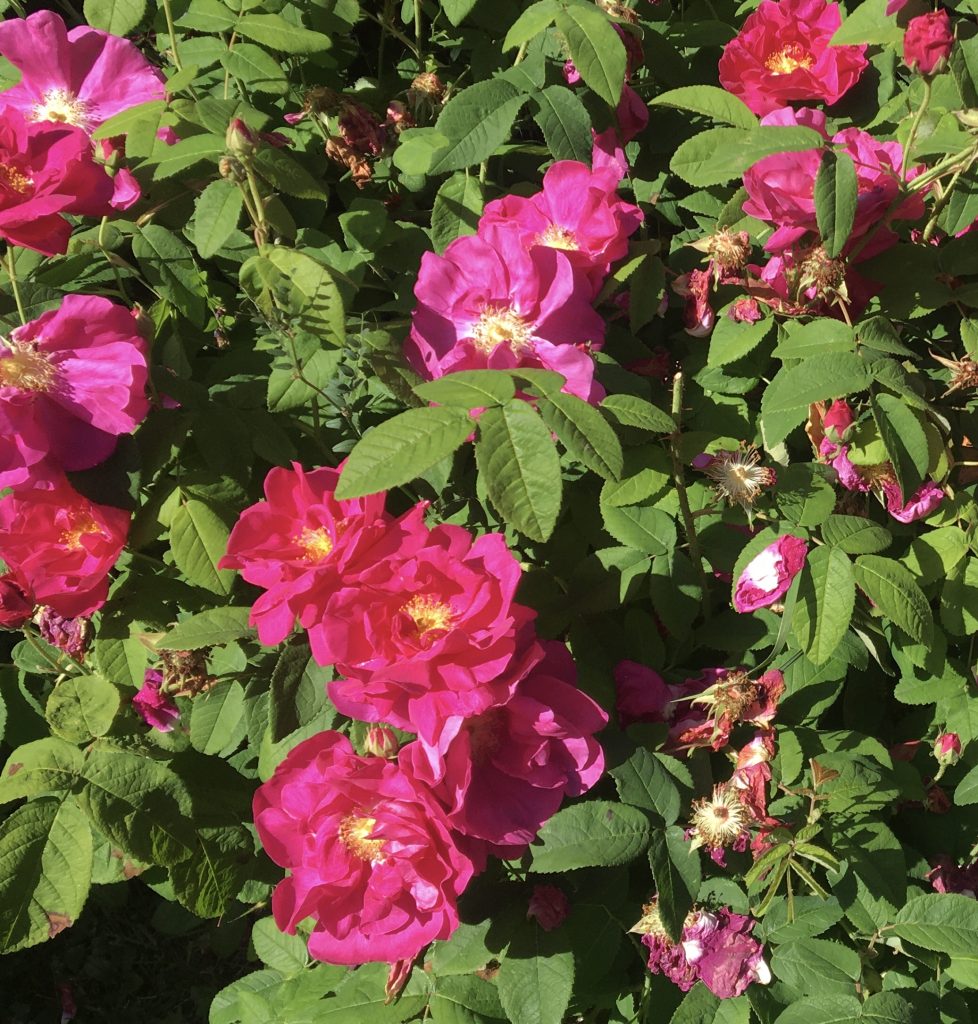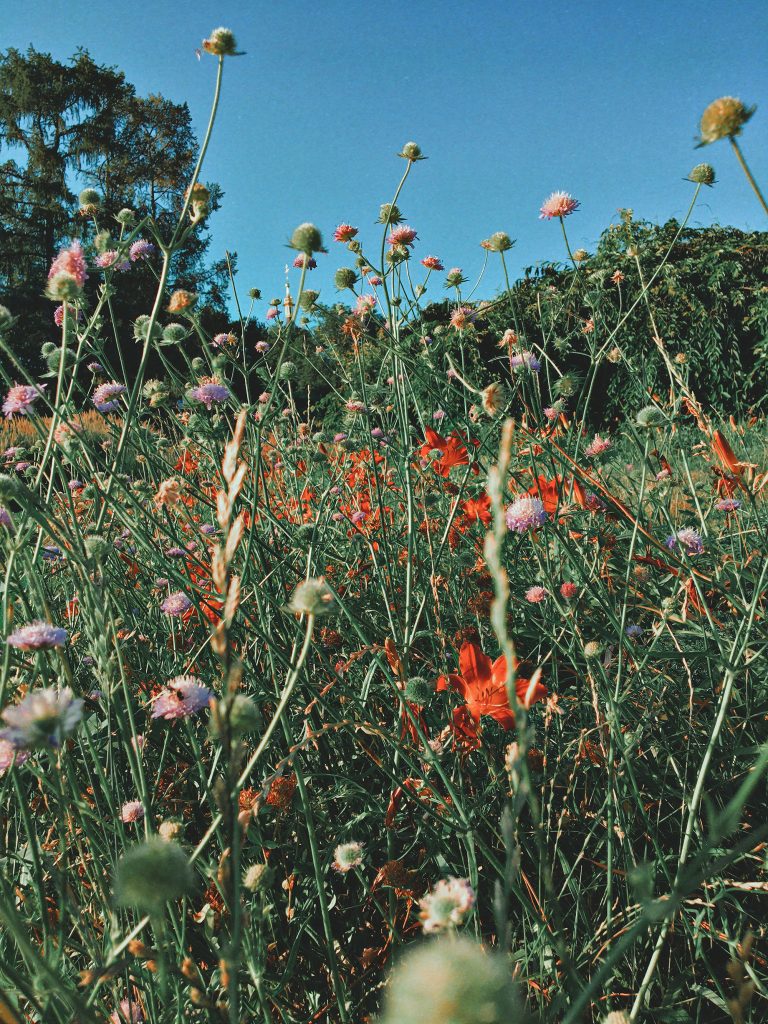Plant health – Part 1.
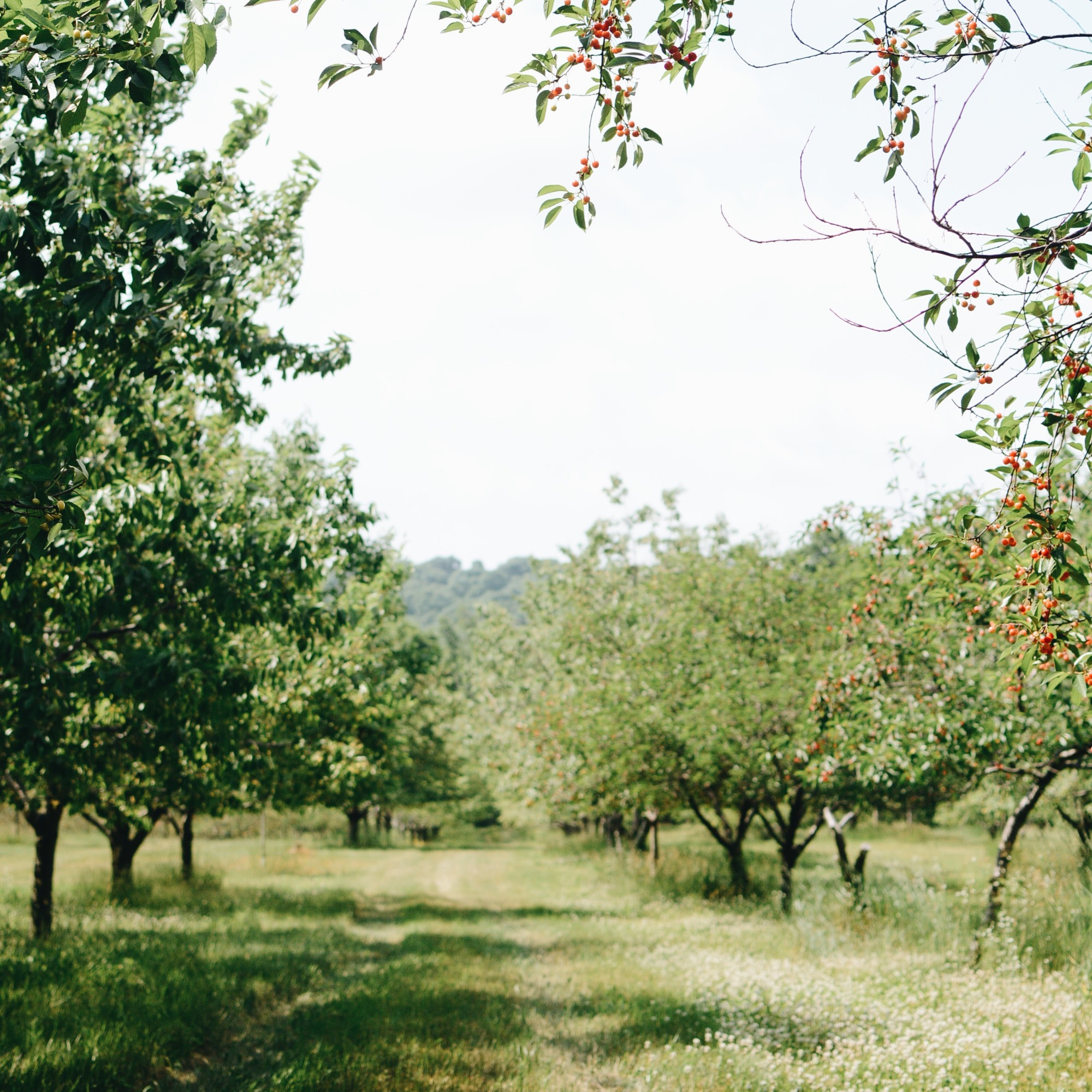
Why we need to recognise plants as sovereign beings.
A few weeks ago I was asked by someone starting out in horticulture if I could tell them the main diseases that I have come across whilst gardening. This came as a surprise to me and I had to think hard before answering. This was partly because I don’t think about disease much and also because I haven’t had much experience of garden diseases. I think the two facts might be related…(more later). I racked my memory, all I could come up with was that a customer I knew had lost a cherry tree to Silver Leaf (a fungal disease that can affect stone fruit if they are pruned in the winter) and a local chestnut that was affected by Bleeding Canker. Otherwise, I didn’t have much to report – unless you consider black spot on rose leaves a disease? Apparently, it is, but I prefer to call them just black spots. They don’t seem to harm the rose very much, the flowers are beautiful and they don’t seem to die over the winter, so maybe we don’t need to worry? perhaps we are looking in the wrong direction? The same with those amazing orange blotches on pear leaves in August – very beautiful, but are they disease? Maybe…but the pears seem happy.
I am aware that this attitude to plant disease could be considered reckless and perhaps a little lazy (there is some truth in the latter, I prefer to sit in a garden than work!) and seems to fly in the face of conventional wisdom about health, but it has served me well over 40 years of gardening. When people ask me how to help a ‘diseased’ plant my answer is always the same – prune any dead bits off, ensure they have a good amount of light and air all around them, feed the soil with homemade organic compost, make sure they have enough water and ask them what they might need. This seems to work, and I don’t think there I have left a trail of dead and diseased plants behind me! The practice of conversing with plants, alive in all indigenous cultures around the world (including our own Celtic tradition) is now becoming accepted and worked with again here in western societies and I now experience that my inner attitude to plants is just as important as my outer actions. Plants do respond to our conversations with them and are grateful for this recognition and respect – they are sovereign beings. Instead of treating a plant as something that gets ill and then needs to be cured by human-made medicine (pesticides, fungicides etc), we can enter into respectful dialogue with them and together create the best conditions for health. If we can’t yet hear what they say, then maybe we could just hazard a guess… generally, it is… (no surprises!) – Light, Air, Food, Water and Respect.
My time at agriculture college in the 1980s was not a particularly inspiring time with regard to plant health and disease: we had to learn countless diseases alongside their chemical remedies, together with the obligatory long list of cancer-inducing weedkillers. We looked at the plant as an object that needs to be cared for and cured if it was ill, coming out of a mindset that could be called controlling and patriarchal. We knew what the plant needed if they became ill, and we could save them; but did we ever ask if they needed saving with our pharmaceutical ideal? Perhaps as sovereign beings, they didn’t need this? An example of this alternative attitude at our horticultural college was Mr Broad, a newly appointed tree surgeon whose approach to plant health seemed revolutionary at the time. A shambling sort of ‘hippy’ who smoked roll-ups and enjoyed leisurely lunches, he explained that if we had to prune a branch off a tree we didn’t need to apply fungicide and a paint that ‘sealed’ the wound, that protected it from ‘germs’, mirroring the idea of the sticking plaster (and which was a very prevalent view in those days). No, we didn’t need to do anything. The tree was perfectly able to heal itself, there are numerous processes within the tree that enable healing, particularly the callusing that occurs after a branch has fallen or has been cut. (Admittedly it is important to make the pruning cut appropriately at an angle to enable rain to run off and also to leave the branch collar intact to allow the trees own healing substances to work, but still, minimal aftercare). He showed us that plants as sovereign beings know what to do, they have been around a lot longer than us! (Walking in our own Ashdown Forest we can notice the many branches that have fallen off trees, with wounds which look jagged and raw, but which all heal beautifully, untouched by human hand).
We could try this in our gardens… apart from reducing the amount of chemical plant “medicine” on the shelves of our garden centres, medicine that is created by the same chemical and petroleum companies driving climate change, we will save money, save energy by shopping less, bring respect into our plant relationships and maybe feel happier and more content as a result. Perhaps we can think about plant illness less and think about sovereign plant health more, and by doing this we develop a new kinder energy for health to naturally arise in nature.
(NB as well as the five fundamental qualities mentioned above, there is certainly a place in our gardens for plant-based remedies of teas and preparations for plant health. I believe they have arisen not from the controlling and patriarchal viewpoint of plant health, but rather from the respectful co-working with nature as described above, and which will be discussed in part 2 next month).

